When a federal judge in New York set Donald Trump’s bond at $175 million last year, the number came as a shock to many. In reality, it was business as usual in the justice system: a court imposing an astronomical bail even though the defendant posed no threat to public safety and there was no reason to think he’d flee before trial. And when Trump paid to walk free, he highlighted a second folly of money bail: it privileges the wealthy and penalizes those who cannot pay the price of their freedom.
Having benefitted from this two-tiered justice system, Trump wants to cripple the alternative of “cashless bail.” As he threatens to expand his war on Democrat-led cities, the president issued two executive orders this week: one threatening to withhold federal funding from any cities or states that have limited the use of money bail, and another to specifically pressure Washington, D.C., into changing its 33-year-old bail policy. These executive orders are politically motivated; neither is based on sound evidence.
Public safety, not wealth, should determine who is released and who remains in jail pending trial. Money bail is a giveaway to the private bail bond industry that turns billions in profit each year. Study after study after study has found that, states and cities that have eliminated or reduced the use of money bail have improved due process and achieved fairer outcomes without any effect on crime rates. Instead of setting money bail as a condition of release, judges in these places can impose pretrial supervision, case management and court reminders to ensure people return to court and stay arrest-free while their cases are pending.
By forcing jurisdictions that have enacted pretrial reform to go back to a money bail system, President Trump will upend incredible progress on safety and justice. The numbers speak for themselves. In Illinois, the only state that has fully eliminated cash bail, violent crime is down and court appearance rates have increased by 2%. In New York, which eliminated money bail for many misdemeanors and lower-level felonies in 2019, the statewide jail population safely fell by more than 30%. In New Jersey, where bail reform became law in 2017, the state observed steeper decreases in violent crime than the national average. And in Washington, D.C., 89% of people were not rearrested when released pretrial in 2024. And while Trump has attacked blue cities and states, bail reform has been successful in red states like Kentucky and Texas.
These cities and states recognized that pretrial detention should only be used when releasing someone poses a true danger, not for punishing poverty. Nearly 40% of people in the United States struggle to afford a $400 emergency expense, yet the median felony bail is $10,000. More than 60% of the jail population is behind bars simply because they cannot afford to pay bail.
Not only is unnecessary pretrial detention an immense cost to taxpayers, it also undermines the justice system, as people in pretrial detention are more likely to plead guilty rather than to fight for their innocence. It is also counterproductive to public safety: One landmark study shows that just 24 hours in jail makes someone more likely to be rearrested. Instead, it is safer for many people to await trial in their community, where they do not risk losing their employment, housing, medical care and other stabilizing factors that prevent crime and break its cycle. Bail can destroy the lives of legally innocent people, like Kalief Browder, who tragically died by suicide after spending three years in jail on Rikers Island — for allegedly stealing a backpack — because his family couldn’t afford his $3,000 bail.
Trump’s executive orders on bail are just the latest measures he has taken to jeopardize public safety. The president has cut $820 million in Department of Justice grants that have helped drive crime down, including for programs like gun violence prevention and services for crime survivors. He has also cut federal funding for critical programs that prevent crime like mental health and drug treatment, affordable housing and food assistance. As for his takeover of Washington, D.C., polls show that 65% of the city’s residents say it won’t reduce violent crime and 61% say they now feel less safe.
Even as violent crime reaches historic lows across the country, Trump prefers a narrative of chaos that will allow him to advance his own destructive agenda, as he holds federal funding hostage unless jurisdictions comply with his harmful policies. If he truly cared about reducing crime, he would take notes from the very cities he is threatening — like Los Angeles and Chicago — which are making remarkable strides in safety, including on pretrial reform.
Trump’s attack on these sensible, evidence-backed policies is an attack on safety, accountability and justice for all. We cannot allow the president to put his thirst for power above the well-being of our communities.
This article was originally published on MSNBC.com
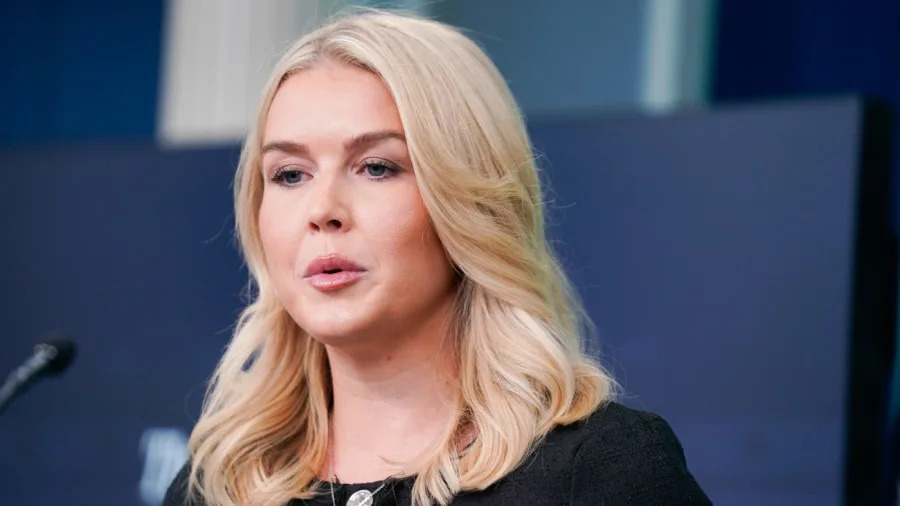

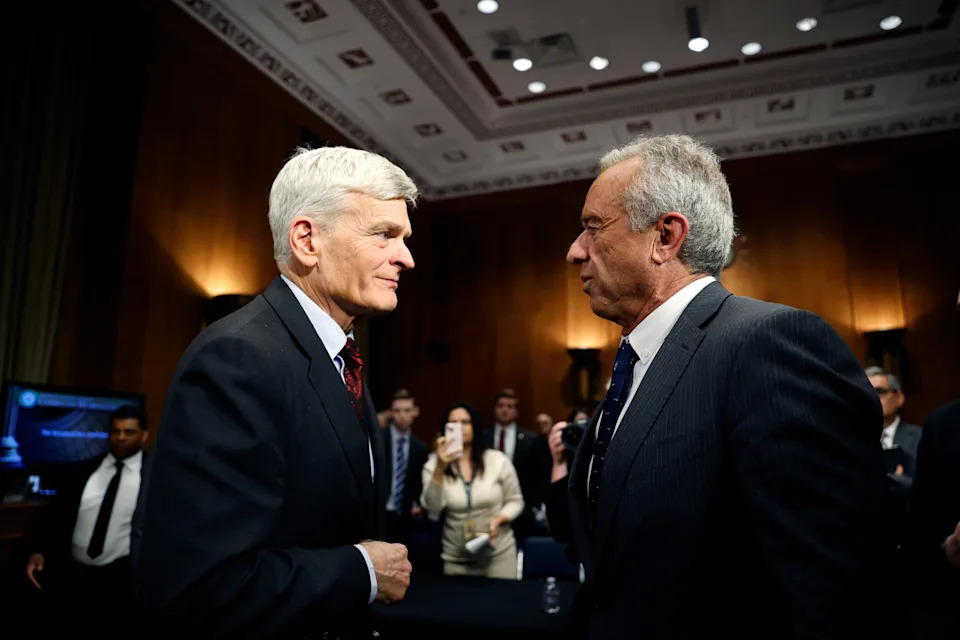
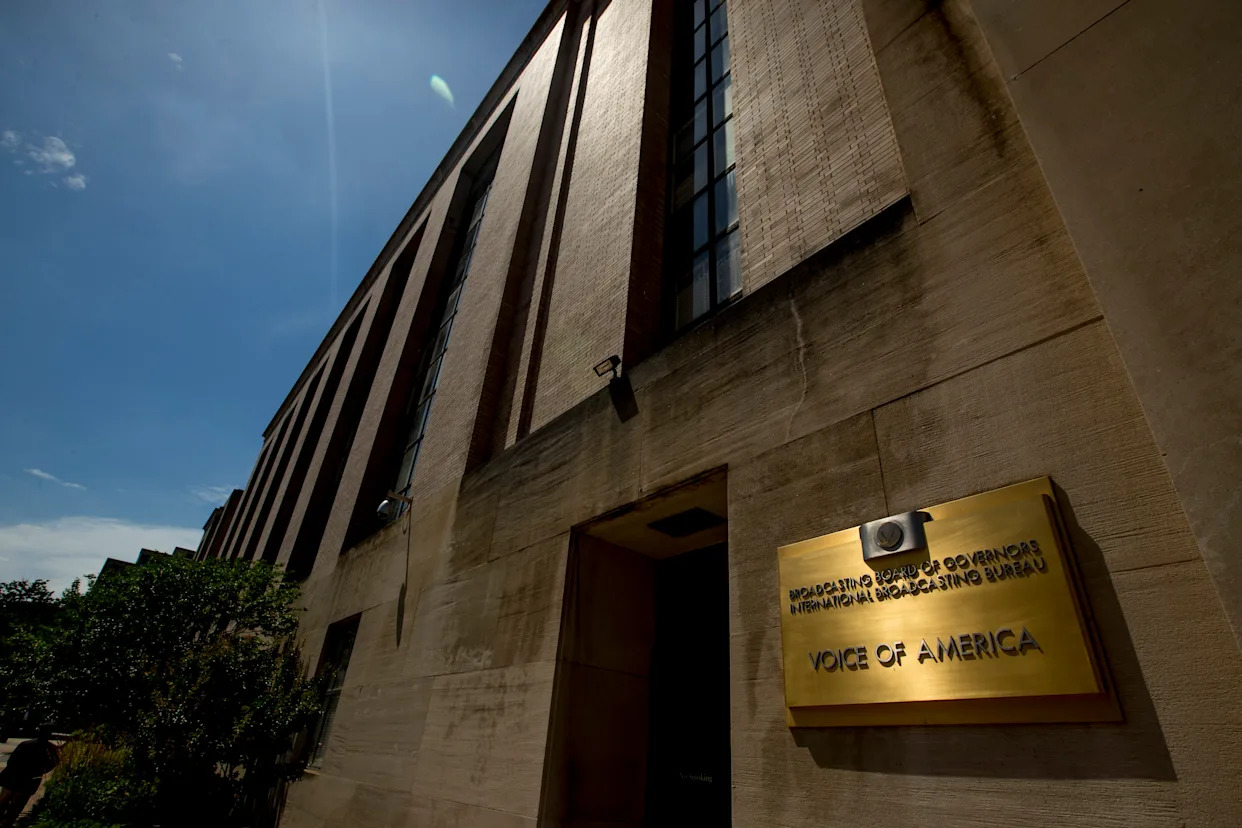
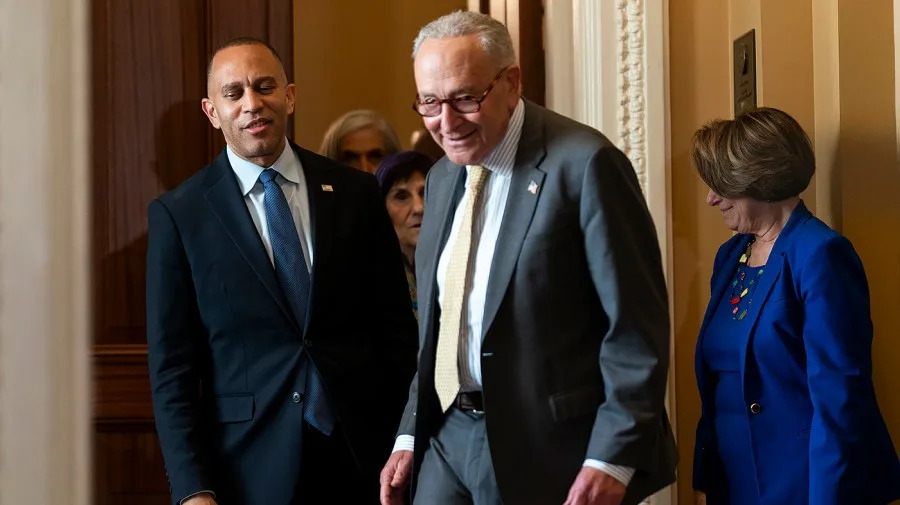
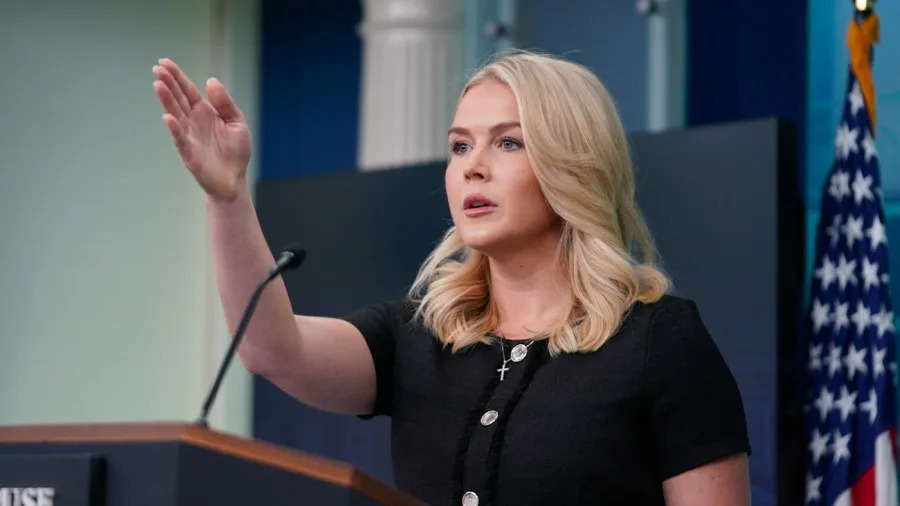
Comments